|
Here are 5 ways to use audio to promote your book and create engagement with your readers.
This post featured in Joel Friedlander's Carnival of the Indies #88
‘Listening is active. At its most basic level, it’s about focus, paying attention.’ Simon Sinek
Does sound still engage? It does – audiences still absolutely love sound because they can do something else at the same time. Food for the time-hungry!
I’ve deliberately not included audio books or podcasting. They’re both valuable ways of delivering your book and the story of your publishing journey, but need scaled-up levels of expertise, planning, equipment, time and money. I’ve also excluded options that involve video – we’ll look at them in other dedicated resources (e.g. video book trailers, and online video launches). Today is all about sound! 1. Narrate your own sample chapter Narrating a chapter of your book is a lovely way to offer your fans the personal touch – for no other reason than they get to hear your voice. It’s a phonic version of Amazon’s ‘Look Inside’! And it’s a totally different kettle of fish from a full audio book … In Audio Book Production: A Primer for Indie Authors from an Audio-Book Producer, Ray Greenley, a professional voice narrator, explains how easy it isn’t to create a high-quality audio book yourself – one that’s fit for market and done to the highest standards. The equipment, the noise dampening, the time, the fluency, the editing – the author who takes on all of that has a will of iron and more than just a talent for writing. Narrating is, after all, a very different skill to writing. With a sample chapter, though, you don’t need to worry about any of that. It’s a taster, a way for your audience to enter the world you’ve created via the sound of your voice. And because you – the author – are providing all the emphasis and tone of voice, listeners know they’re experiencing the world you created exactly the way you intended it. They’ll even forgive you if you stammer, or mispronounce a word, or stumble halfway through a sentence and have to go back to the beginning. They’ll forgive you if the dog barks, or a siren wails, or your office chair squeaks … because you’re engaging with them, speaking to them. Don’t get me wrong, it has to be listenable. If it’s such poor quality that the sirens, dogs, and stumbles are so frequent that the sample is painful to engage with, you’ll do yourself no favours. But a little blip here and there is fine. Audio samples, like written ones, are gifts from you to your reader. They’re charming, and generous, and your fans will love the fact that you’ve taken the time to record one for them. I asked my own marketing coaches and some of my colleagues what they use to upload audio to their websites. SoundCloud got an overwhelming thumbs-up. There’s a free option, too. A YouTube video with a thumbnail picture would be another option. If you’re uploading natively to your website this could slow down load times so, instead, embed a link and host the content on your YouTube channel. In case your audience clicks through to YouTube, make sure you include all the relevant book-buy links under the video on your channel. Be sure to include captions for those who choose to engage with the sound muted (it happens … a lot!). You don’t need an expensive mic either. I have a Blue Snowball, which works brilliantly, looks charming, and came in at under fifty quid. I chose it because I wanted something decent that would allow me to create video without being encumbered with a headset. However, if you’re just doing audio, you can probably get away with a headset/mic system for under £25. Try different options and see what gives the best results.
2. Giveaways – usable audio content
For non-fiction, you could take the audio sample to the next level. Give away an audio version of one chapter of valuable, usable content – something your listener can actually solve a problem with. This is a powerful offering and goes well beyond the plot taster of a novel. For example, imagine you’ve self-published a marketing book for small businesses. One of the chapters is dedicated to Pay Per Click (PPC). The chapter outlines the principles behind PPC advertising, and offers guidance on which businesses would or wouldn’t benefit from this strategy, and why. You create an audio version of this chapter – and because it’s something that your target audience can listen to and use to make informed decisions about an aspect of their digital promotion strategy, they’re compelled to buy the written version and extract all your words of wisdom! In this case, you’ve repurposed valuable business content but in a deeply personalized way.
3. Host a live sound event
Readers love live author events. The Norwich branch of Waterstones has hosted a stack of live author readings. I’ve been to see Garth Nix, Jonathon Pinnock, and Alison Moore. With an audio-only version, you’re recreating the feel of a radio author event because the audience gets to talk to you afterwards and ask questions. Ideally, you’ll want the stream to be recorded so that it’s available as archive content afterwards. Daniel J Lewis, in ‘New live streaming options for podcasters’, says, ‘Maybe you want all the interaction and accountability of live-streaming, but you don't have the technology or bravery for video. That's when an audio-only live stream can be a great choice. It also makes a good option for those with lower bandwidth.’ So what are the options? Mixlr and Spreaker are Lewis’s recommendations for those looking for lower-cost solutions. Another option is using the audio-only option of Facebook Live. This has slightly less flexibility in that all the engagement with your listeners will take place in the comments below. Still, this could have some advantages in that you have a record of what people are asking, and if you don’t have time to handle all the questions, you can join in the written discussion later. Live audio streaming is public and, obviously, live. You don’t get to edit if things go wrong … which is great because it adds emotion and excitement to the event, but requires a little courage. Make sure you have some friends in on the gig who have your back if you’re new to this type of engagement. One of the best things about reader-facing author events is that fans can get a signed copy of the book. In the digital world, this is tricky. How about this as an alternative? Get some promo postcards printed; the front will feature your book’s cover. At the end of the show, invite people to email you with their postal addresses if they’d like to receive a signed postcard with a personal message or dedication. You could team this up with an invitation to join your mailing list so that they don’t miss out on future events.
4. Broadcast an interview
This requires more effort but it’s worth it because it allows you to talk about the journey of your book and your journey as a writer. You’ll need an interviewer and a script. It’s tempting for the inexperienced sound eventer to think that a script will detract from the flow and authenticity of the broadcast. It won’t. A script ensures everything stays on track, that the questions and answers are remembered, that neither of you ramble off on a tangent or fall off a pregnantly paused cliff. You could do a swap with a fellow author, perhaps someone from your writing group – you interview them and they return the favour. That way you both get to promote your books and share your thoughts on the challenges and joys of writing and self-publishing. Again, SoundCloud is a good option here (or YouTube).
5. Audio sign-up requests
In ‘9 ways to use audio’, digital marketer Steve Cartwright asks: ‘When your target audience clicks to get more information for your products and services, do you think it would make a difference if you were actually talking to them with your voice to explain what you have to offer?’ Most of you are probably already building your mailing list. Perhaps you include links at the end of your written books, blog articles and website book pages that encourage people to sign up to your newsletter. This is the perfect place to test whether you can increase your sign-rates by using your voice to ask your readers to join the party. If you’re not building a mailing list, consider these wise words of experience from full-time, self-published crime writer Jeff Carson: ‘I have a newsletter email list. This is one of those things I heard people preaching but never did anything about. It took me four freaking books to finally put my email list in place. But I finally did, and that’s when I was finally able to write full time. It only took two days to write and publish a short story, which I give away on my blog as a thank-you if somebody signs up for the new-release newsletter. Now, when I have a new release, I launch the book to thousands of people, versus dropping it into a field of crickets.’ How about doing the same thing, but asking people to join that newsletter with your voice? Other things to consider with audio
Louise Harnby is a line editor, copyeditor and proofreader who specializes in working with crime, mystery, suspense and thriller writers.
She is an Advanced Professional Member of the Chartered Institute of Editing and Proofreading (CIEP), a member of ACES, a Partner Member of The Alliance of Independent Authors (ALLi), and co-hosts The Editing Podcast. FIND OUT MORE > Get in touch: Louise Harnby | Fiction Editor & Proofreader > Connect: Twitter at @LouiseHarnby, Facebook and LinkedIn > Learn: Books and courses > Discover: Resources for authors and editors
2 Comments
20/1/2018 01:59:31 am
Louise, excellent article. I have discovered the power of voice with my blog posts. People were surprised when I started doing that. They love it. As one person put it, when we read our own items out loud, it allows people to see our personality… as you mentioned… and the more we can do this the better they get to know us. As you also mentioned, the equipment does not have to be super expensive. I have a headset with a mic and a camera (both from Logitech. They are top quality and do a great job for me. And they didn’t break the bank. SUCH an encouraging article. Thanks for your time to put it all together.
Reply
Louise Harnby
21/1/2018 01:28:16 am
Hi, Kathie! Yes, I have the same set. I think mine cost around 25 quid! Adding audio and video to our blogs can really bring them alive and make them stand out ... as you say, most people aren't doing that!
Reply
Your comment will be posted after it is approved.
Leave a Reply. |
BLOG ALERTSIf you'd like me to email you when a new blog post is available, sign up for blog alerts!
TESTIMONIALSDare Rogers'Louise uses her expertise to hone a story until it's razor sharp, while still allowing the author’s voice to remain dominant.'Jeff Carson'I wholeheartedly recommend her services ... Just don’t hire her when I need her.'J B Turner'Sincere thanks for a beautiful and elegant piece of work. First class.'Ayshe Gemedzhy'What makes her stand out and shine is her ability to immerse herself in your story.'Salt Publishing'A million thanks – your mark-up is perfect, as always.'CATEGORIES
All
ARCHIVES
July 2024
|
|
|
|


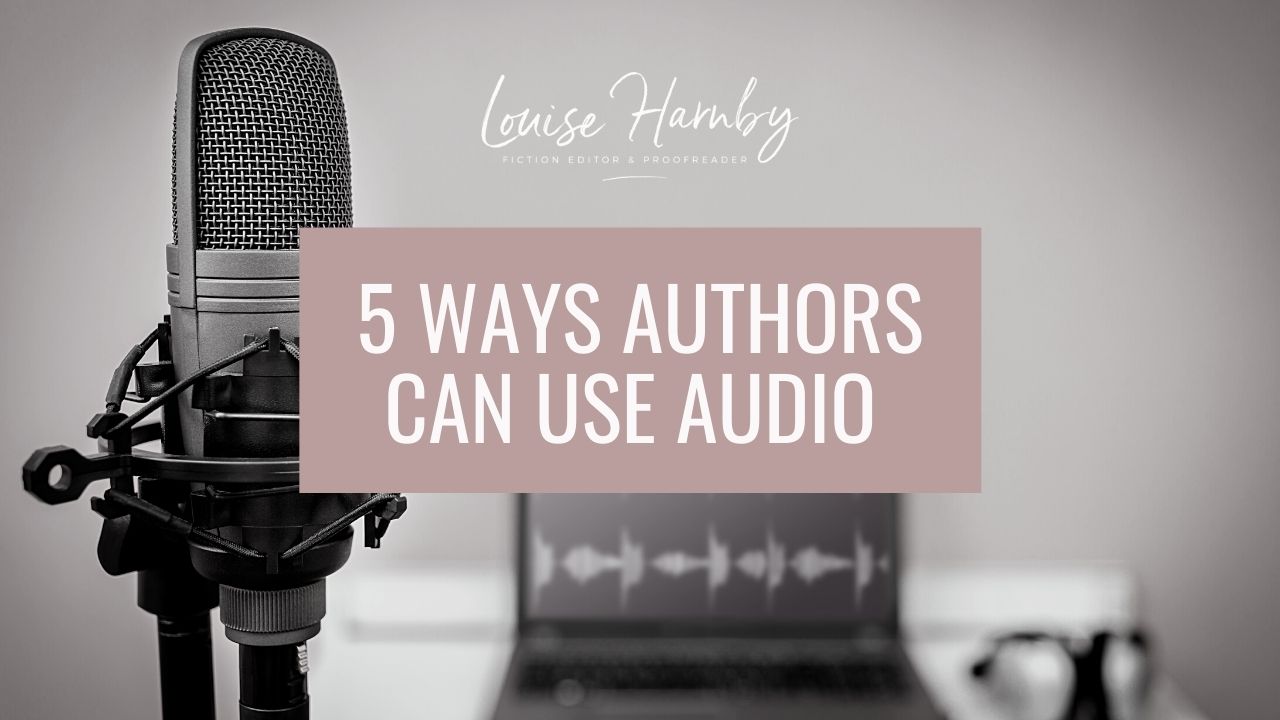
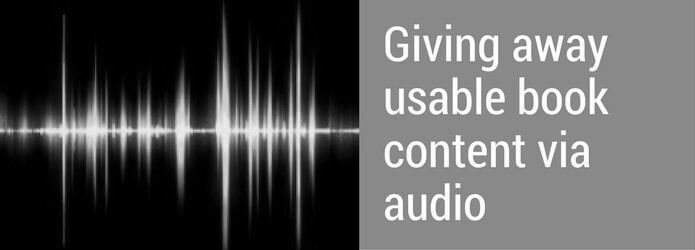
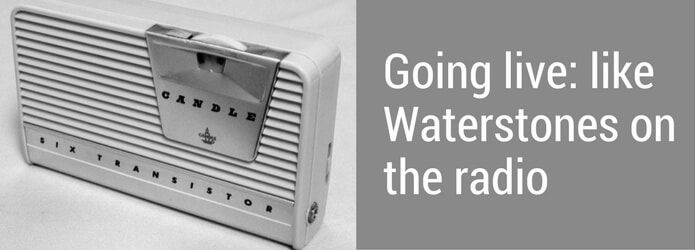

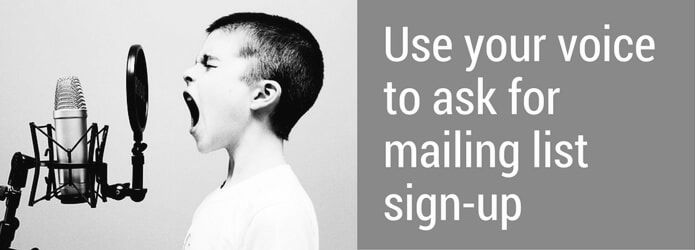
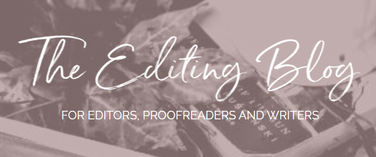

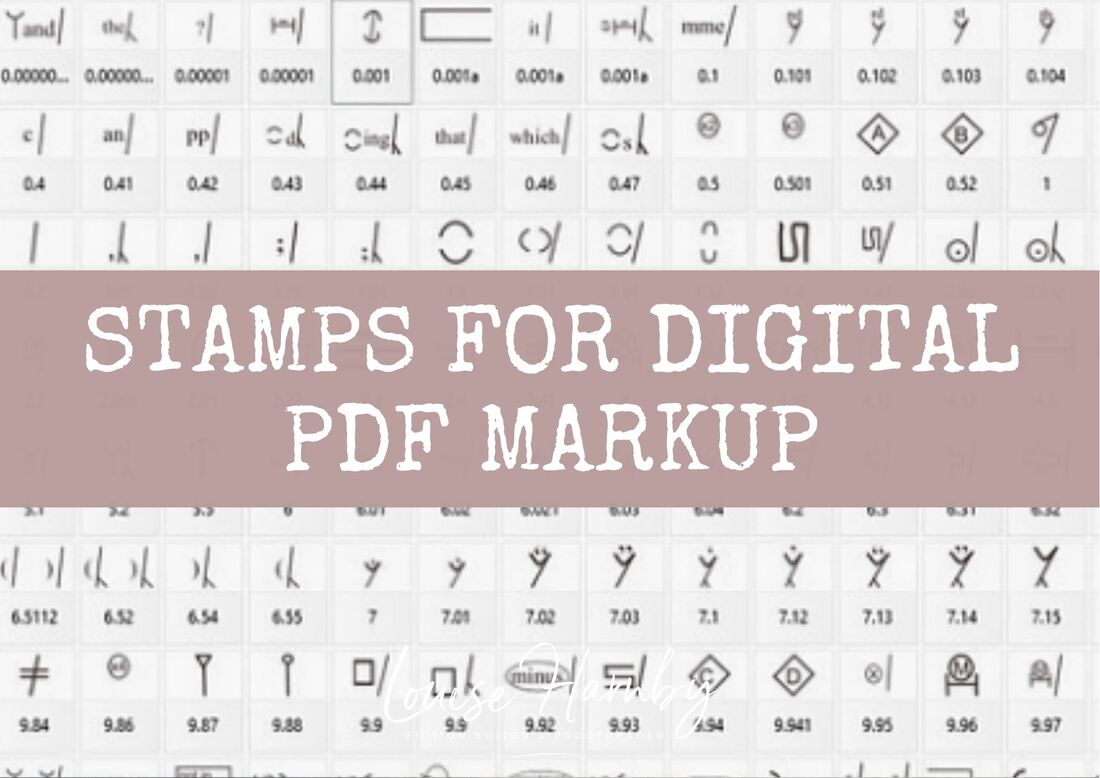
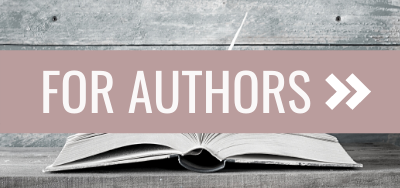
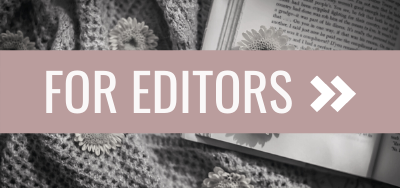
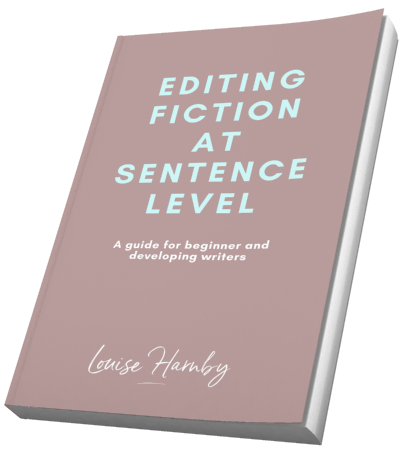
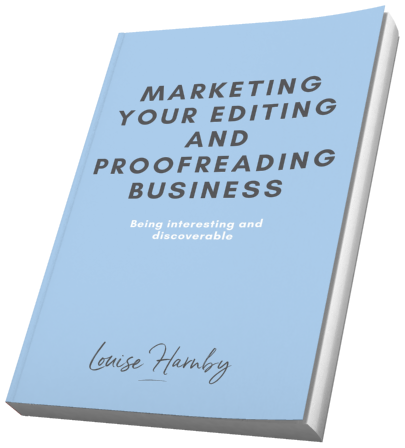
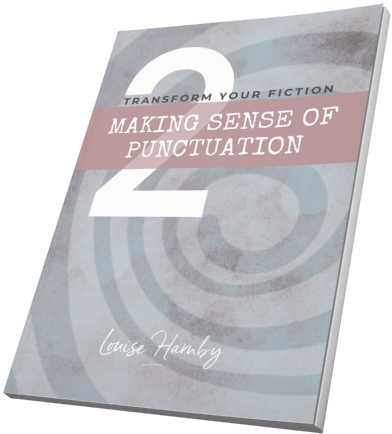
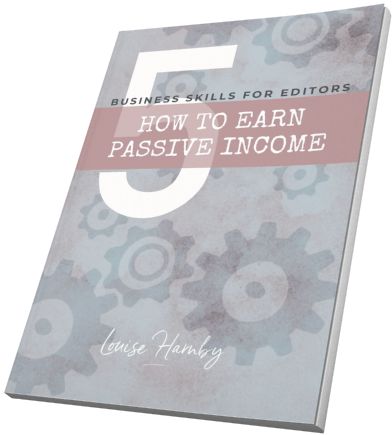
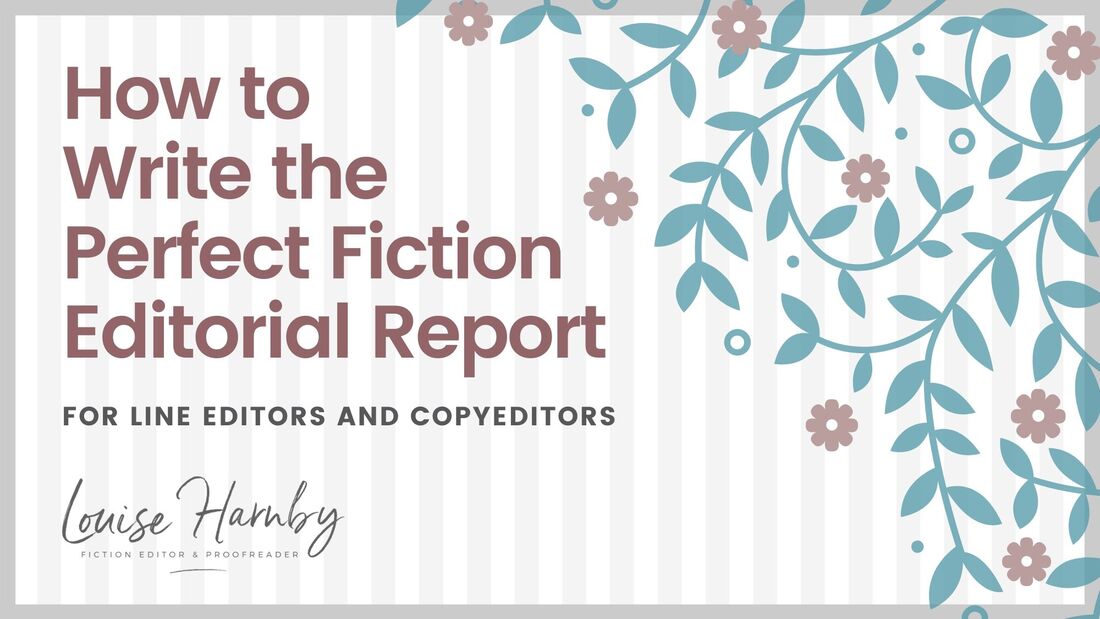
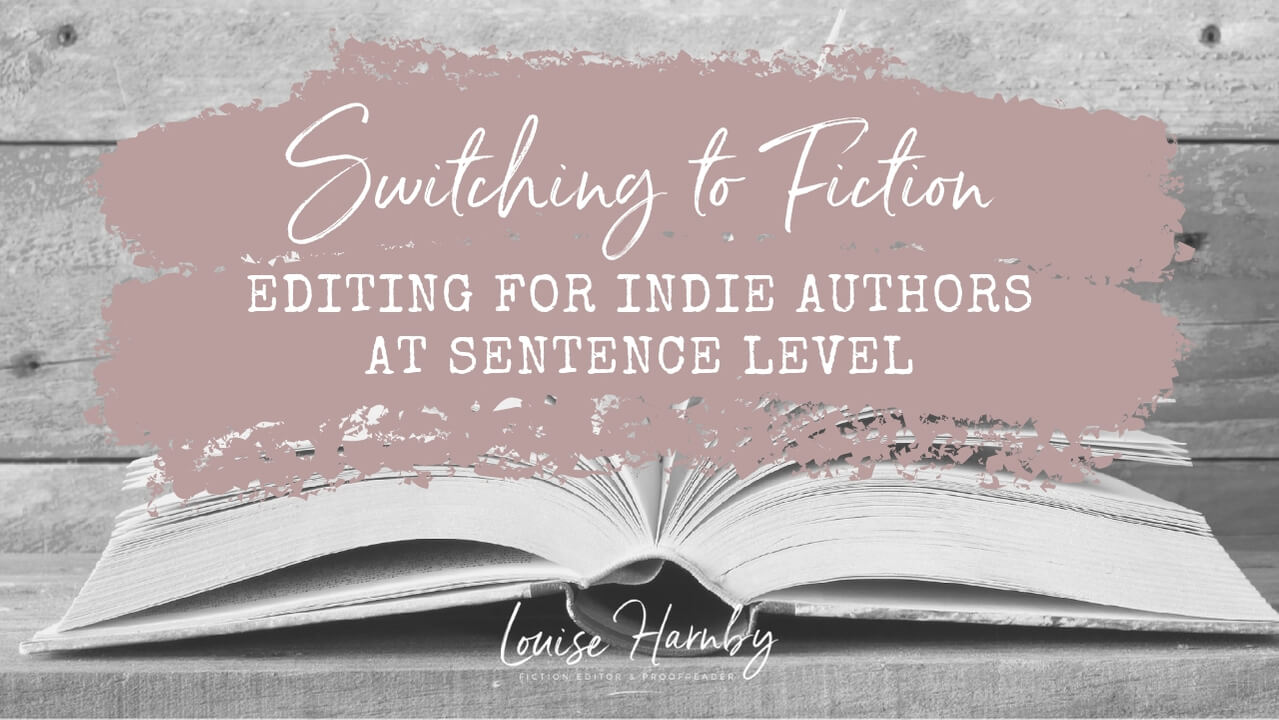
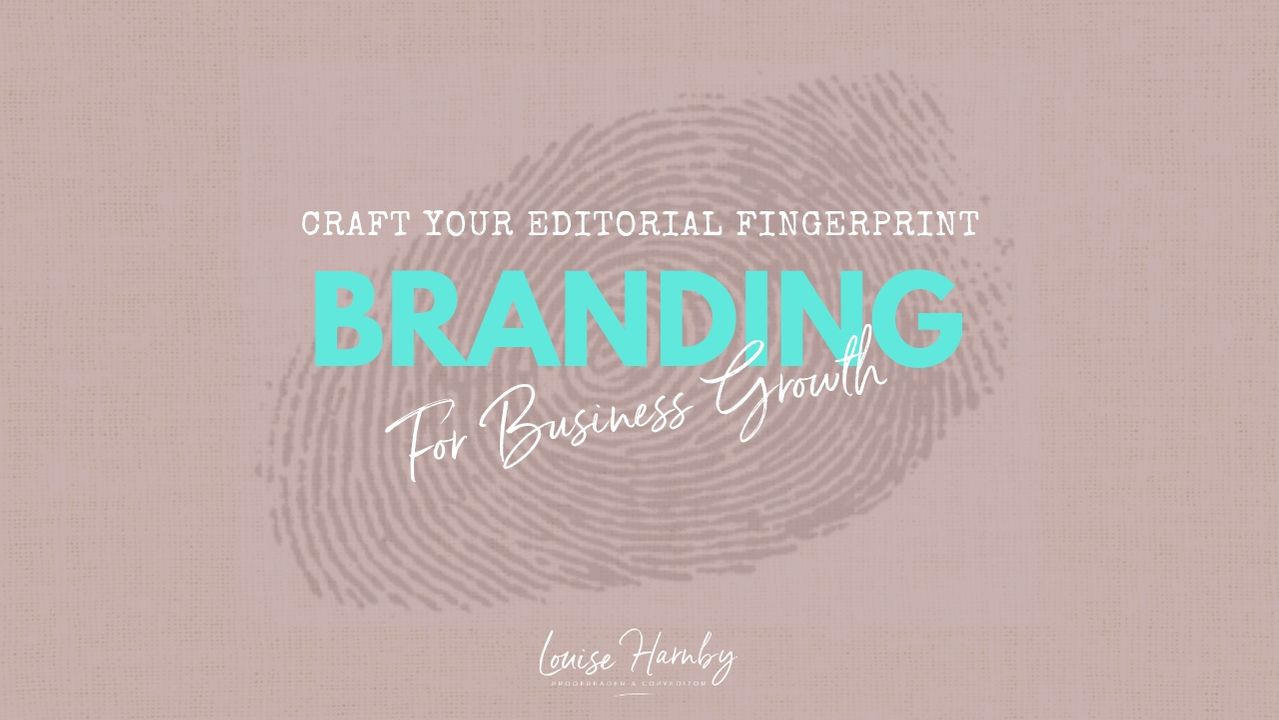
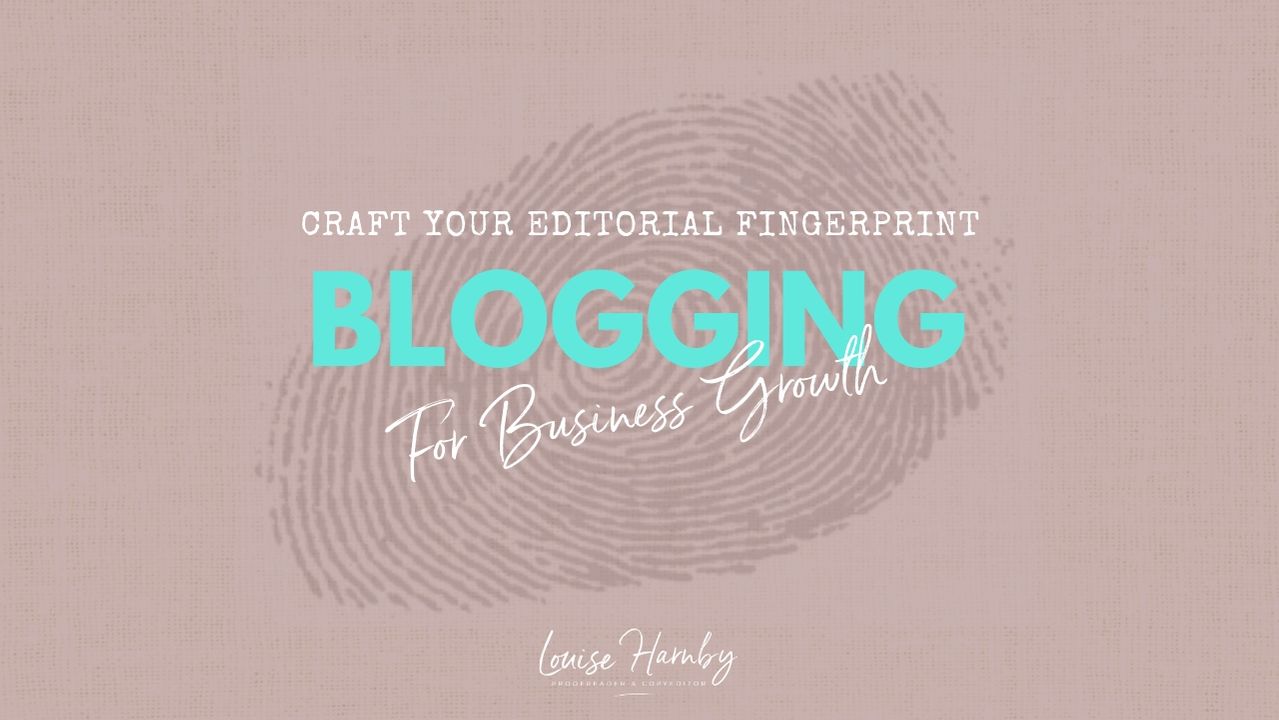
 RSS Feed
RSS Feed





